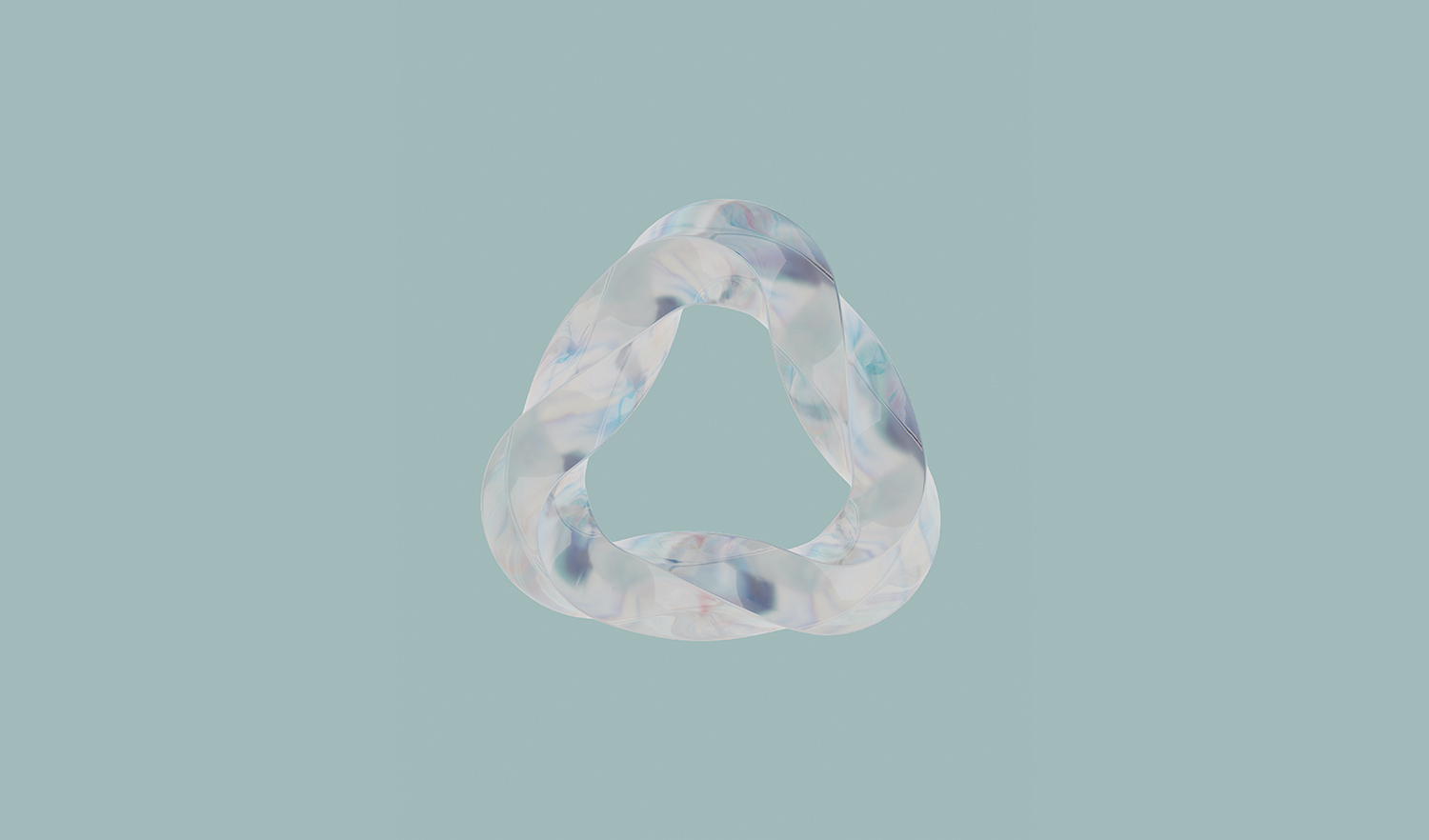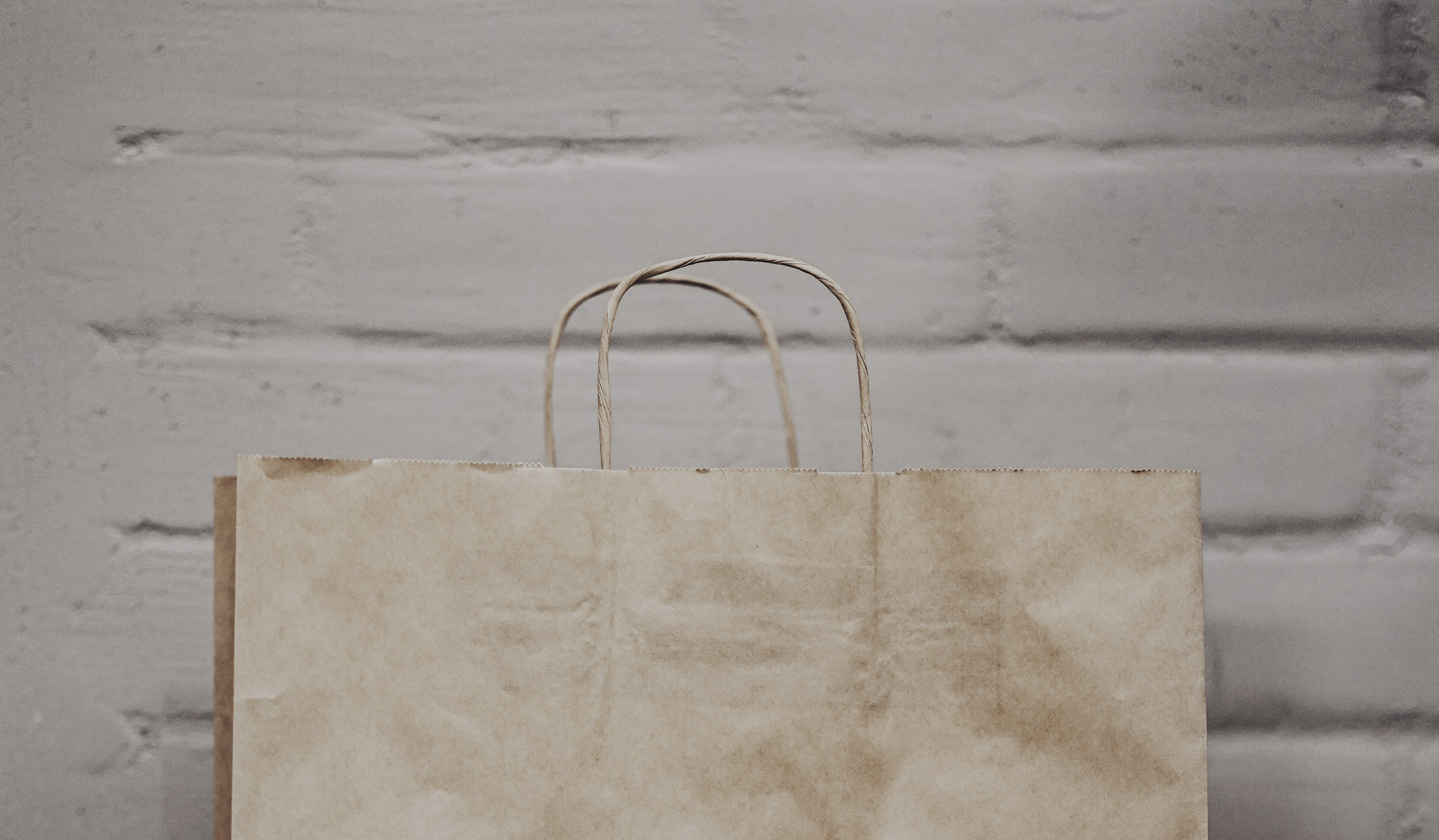In the last decade, there has been a big push towards circularity in the fashion industry. This movement has been motivated by the growing awareness of the serious environmental and social problems caused by the large amount of textile waste and the shortage of raw materials. The rise of fast fashion has required finding solutions that give way to a more sustainable and circular approach, with a gradual shift towards business models that promote reuse, recycling and extending the useful life of products.
Circularity in the fashion industry is related to the adoption of practices that seek to reduce waste and extend the use of garments. This can manifest in different ways, from the creation of business models based on resale or rental, to the recycling of pre- and post-consumer waste to create new textile materials.
The rise of fast fashion has required finding solutions that give way to a more sustainable and circular approach
An example of this is GANNI, which is currently collaborating with SOEX and is working on strengthening its partnerships with Infinited Fiber and Renewcell. The goal is to reach a point where they can reintroduce old brand products into their production cycle, allowing them to be recycled into new items without compromising either quality or value.
Measuring the circularity of textile products is essential for several reasons:
- Evaluate the reuse of existing resources. This will give you information about the possibility of reincorporating the resources you are already using into your production process, which in turn will lead to significant savings.
- Calculate the useful life of your products. This can impact their price, as greater durability and reuse can add value to your items compared to less sustainable alternatives.
- Quantify non-recoverable waste generated. This aspect is essential to make better decisions about how to manage textile waste in order to reduce its environmental impact.
The Circular Economy Indicators (CEI) are calculated through a methodology focused on the circular aspects of products. This methodology is based on the Ellen MacArthur Foundation’s Materials Circularity Indicator (MCI). In turn, the calculation of the MCI is related to a wide variety of sub-indicators:
Feedstock indicators
These indicators point to the proportion of virgin, sustainable, recycled and reused materials in products. Virgin materials are those that have not been previously used or processed, unlike recycled and reused materials. These indicators allow us to calculate the proportion of virgin materials in each product.

End-of-life indicators
These indicators offer information about the potential fate of an item once it becomes waste, after the consumer use phase. These indicators are based on brand statements and the definition and calculation of end-of-life indicators.

Life cycle waste indicators
These indicators represent the amount of waste that is no longer recoverable and that ends up in landfills or incineration. They include waste generated in the recycling of raw materials used in production, material losses in the value chain and waste generated in the recycling process of items at the end of their useful life and the amount of waste that will ultimately be deposited in landfills or incinerated.
Usage potential indicators
These indicators measure the best practices implemented by the brand that benefit the product use phase. They are related to the duration and intensity of use.
Overview indicators
These indicators provide a more detailed understanding of the circularity of the analyzed products thanks to the calculation of the linear flow rate and the circular material indicator.
To facilitate the measurement of the circularity of your products, BCome is developing a new tool that will include the calculation of Circular Economy Indicators. This update will allow you to understand the extent to which the linear flow of your items has been minimized and the circular flow maximized, as well as the duration and intensity of their use compared to a standard product.
Do you want us to show you a preview of what will soon be available on the platform? Book a demo with our sustainability experts to discover how Circular Economy Indicators can transform your fashion business by providing an objective framework to measure the circularity of your products. Boost your journey towards sustainability with BCome.









